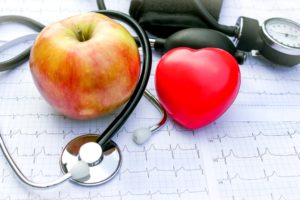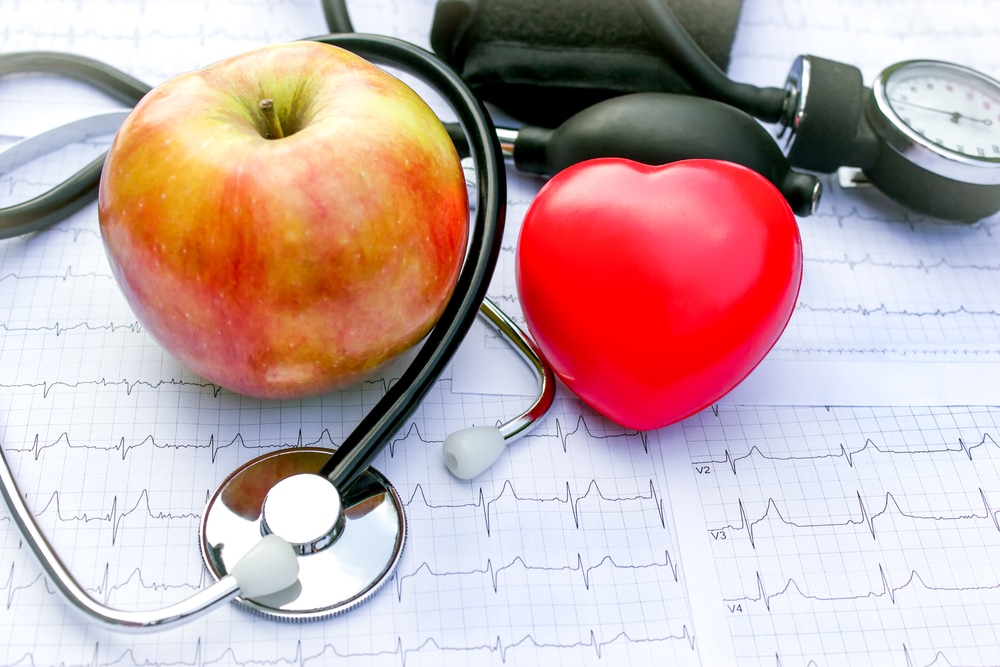 DON’T IGNORE HIGH blood pressure or wait to start treatment. High blood pressure, which occurs when your blood pushes harder on your artery walls than it should, can lead to stroke or heart complications.
DON’T IGNORE HIGH blood pressure or wait to start treatment. High blood pressure, which occurs when your blood pushes harder on your artery walls than it should, can lead to stroke or heart complications.
Blood pressure numbers measure the amount of pressure on your heart when it moves blood out (the systolic or top number) and in (the diastolic or bottom number). The normal range for adults is less than 120 over 80.
RISK FACTORS FOR HIGH BLOOD PRESSURE
The risk of high blood pressure generally increases with age.
“If you are under 60 years old and your pressure is 140 over 90, you are at risk for high blood pressure,” says Gretchen Schaber, N.P., with Summit Healthcare Heart, Lung and Vascular. “If you are 60 years old or older, 150 over 90 places you at risk.”
Other risk factors include:
Obesity. Excess weight overworks your heart and places you at increased risk for high blood pressure, diabetes, and high cholesterol, among other chronic conditions.
Lack of exercise. “Low activity levels coupled with the mindset of comfort over discipline predisposes people to high blood pressure,” says Eric Olson, PA-C, Summit Healthcare Heart, Lung and Vascular.
Family history. If high blood pressure runs in your family, you are at an increased risk for high blood pressure.
Substance use. Using tobacco and consuming alcohol in excess can spike your blood pressure and damage your overall health.
Sodium consumption. Sodium increases your risk for high blood pressure because it increases the volume of blood in the body, straining blood vessels. [/icon_list]
“If, at your next screening, your blood pressure increases and you have no other disorders that might be causing it—diabetes or kidney disease, for example—treatment may include lifestyle changes,” Gretchen says. “If you do have other issues, medications may also be recommended.”
PREVENTING HIGH BLOOD PRESSURE
Don’t wait for your blood pressure to increase—be proactive:
Get regular blood pressure screenings. Every three years if you’re 18 to 39 years old with no risk factors, every year if you’re 18 to 39 old with risk factors, and every year if you’re 40 or older
Organize your plate. Half of your meal should consist of fruits and vegetables. Fill the rest of your plate with a serving of protein—such as one cup of dairy or a nutrient-rich, lactose-free alternative—and a serving of grain.
Focus on fitness. Exercise for 20 to 30 minutes each day to accumulate 150 minutes of activity per week.
Maintain your weight. Stay within the 18.5 to 24.9 normal body mass index range.

